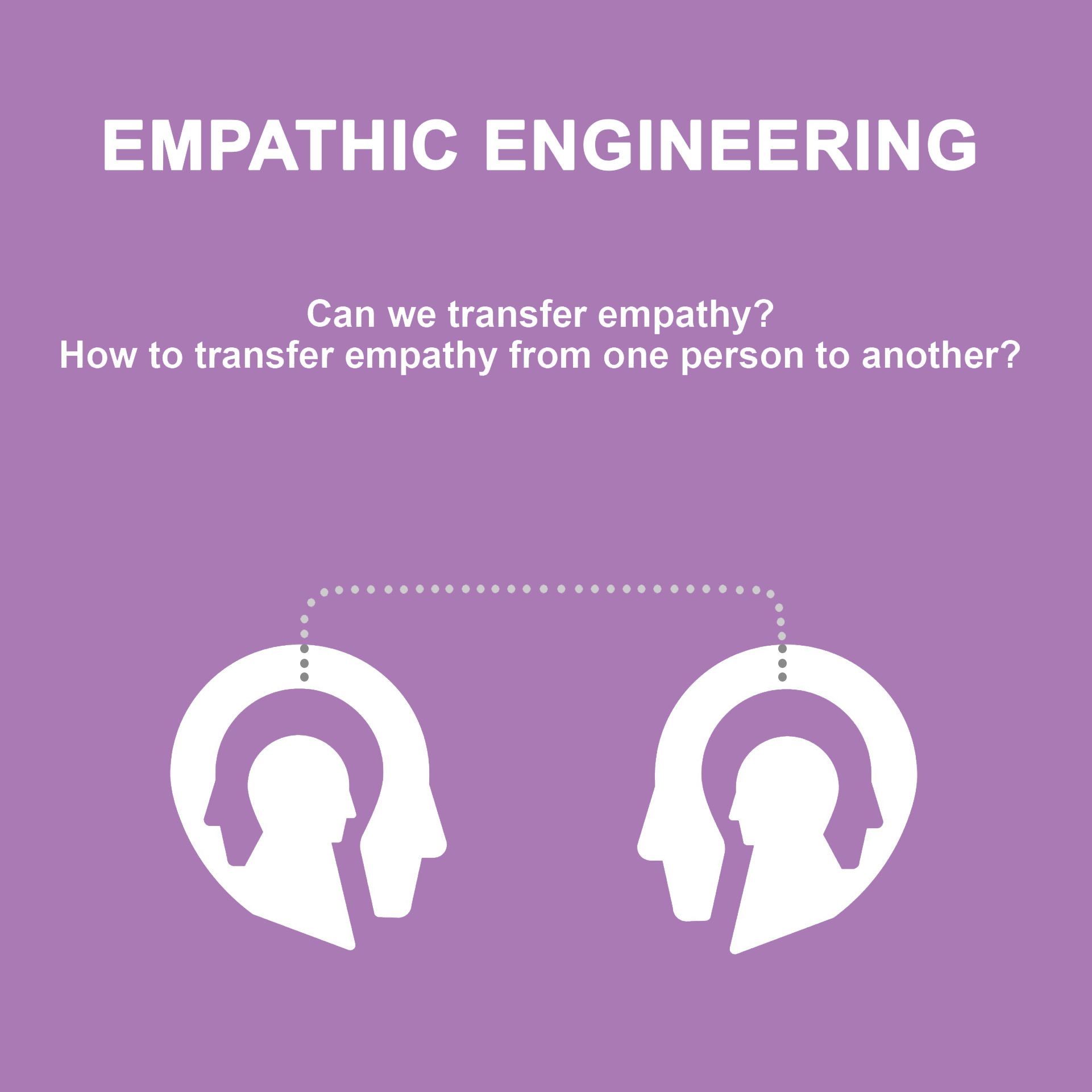Gaining a deep understanding of users has become important in technology development, helping designers provide useful and successful solutions for the users. Even though many methods developed for empathic design emphasize direct contact with the user, it is seldom efficient for the whole development team to meet the user.
Typically, a team interacts with the user and then communicates this information onwards to the developers in the project. Therefore, within-team communication of empathic user understanding is crucial. Great empathic user understanding is useless if it is not communicated effectively to the rest of the development organization. The main challenges with the current methods for communicating user understanding is to maintain the richness of the data and to communicate the findings in a way that benefit the receivers of the information.
We have examined how empathic design is currently practiced in a global engineering and service company by looking into both the processes of gathering, documenting and communicating user understanding. The study is based on interviews of people who gather user information, people who receive and use user information, and project managers within a single project. The gatherers were service designers and UX designers, who collect user understanding and communicate the findings further in the project. The receivers were industrial designers and UI designers who received the findings from the gatherers.
The main challenges were related to the maintenance and communication of user understanding. Small teams can store user data even physically in the design space in form of images, personas etc. And if the whole team is also part of the user research, the information is stored in their heads. Unfortunately, in more complex project, this is not possible, but the information must be explicitly communicated. In our study, some interviewees complained about the difficulty of finding certain documents, since they were “spread all over the place”, while others were unhappy with the current tools for storing the documents. Inability to find user information leads to not being able to use the information and even overlapping studies. The need for a better understanding towards colleagues was also identified as a key theme, since especially educational differences caused challenges. One designer felt left outside of technical conversation due to not having a technical background, while non-designers were confused due to a high number of visualisations used by the designers. Improving the interpersonal understanding between colleagues could make collaboration efforts more efficient and better utilise everyone’s knowledge.
Overall, this study provides initial insights into how empathic design, and specifically transferring empathic information functions in a real-world environment. We only scratched the surface, but it is evident that empathy research needs to also tackle the issue of communicating the empathic information onwards.
Read more: T. Borgman (2020) Gathering and Communicating Empathic User Understanding in Product Development MS Thesis. Aalto School of Engineering. https://aaltodoc.aalto.fi/bitstream/handle/123456789/46181/master_Borgman_Teresia_2020.pdf?sequence=1
 Aalto DF
Aalto DF